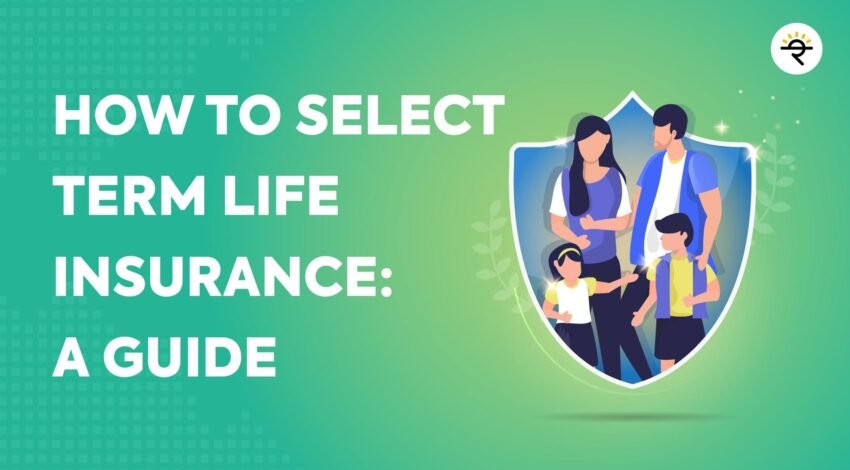Many insurance products are about protecting yourself against the unforeseeable. Life insurance is about protecting your loved ones when the inevitable happens. Term life insurance is one option that can provide that kind of financial protection.
What Is a Term Life Insurance Policy?
Term life insurance is a type of life insurance policy that has a specified end date, like 20 years from the start date. The death benefit is the amount of money paid to beneficiaries after the insured dies, and will only be paid out if the insured dies during this time period. This can be issued in a variety of ways, such as a lump-sum payment or as annuities.
The most common type of term policy is a level term policy, which means that the value of the death benefit and the price of the premiums stays the same for the entire time your policy is active. The benefit can also be decreasing, meaning it shrinks over time, typically in one-year increments.
Some term policies can also be converted to a permanent life insurance policy, like a whole or universal policy, without a medical exam. There may be a window for when this conversion can happen. However, once converted, those permanent life policies are more expensive.
Renewability is another potential feature of term coverage, which means that some insurance carriers may allow you to keep the policy in force past the initial time period you selected without undergoing additional underwriting or medical exam processes. However, your premiums may increase each time the policy is renewed.
According to the National Association of Insurance Commissioners (NAIC), some term policies can also come with a return of premium (ROP) feature. That means that if the death benefit isn’t paid out by the end of the term, you’ll get back all or part of the premiums you paid. However, this is a more expensive option.
Term life policies can be bought either individually or through a group life insurance plan available through an employer, civic, or religious organization. There are also joint life policies that would cover two people. One example of this type of policy is a survivorship policy. This would cover two people and only pay the death benefit once both the insureds have died.
Pros and Cons of Term Life Insurance
PROS:
- Costs far less on average than permanent life insurance
- Some policies can be renewed or converted to a permanent policy without a medical exam
- Optional add-ons may include accelerated benefit, accidental death benefit, and guaranteed insurability riders
CONS:
- The death benefit is only paid out if the insured dies during their covered time period
- No cash value component
- No investment options
Optional Riders with Term Life Insurance
A rider is an add-on coverage option you can purchase to enhance your policy. Here are a few common life insurance riders:
- Accelerated benefit. You receive a portion of the death benefit early if you’re diagnosed with a terminal illness or confined to a nursing home.
- Accidental death benefit. This pays an additional benefit if the insured dies because of an accident.
- Guaranteed insurability. This lets the policyholder buy additional life insurance coverage without having to provide new evidence of insurability.
How Much Does Term Life Insurance Cost?
For a 30-year-old nonsmoking male of average health, the average monthly cost for a $1 million 20-year term policy is approximately $51. For a 30-year-old female of similar health, the average monthly cost for the same type of policy would be approximately $42.
According to the Texas Department of Insurance, several factors can impact the cost of life insurance in general, including your age and gender as well as your health and other risk factors. The value of the death benefit and any riders you add will also play a role in determining your premiums. If you have a group policy, however, the cost will be based on these factors for the group rather than yourself.
In general, the higher the death benefit, the higher your quote will be. Men also tend to pay more for life insurance than women.
However, the overall costs of a term life insurance policy may be lower than you expect. About half of Americans believe that the cost of life insurance is three times higher than it really is, according to financial services industry researcher LIMRA.
How To Buy Term Life Insurance
The process of buying a term life insurance policy varies depending on the company or broker, but the core steps are generally the same:
- Start by shopping around for a term insurance policy that fits your needs, looking at features like premiums and coverage options.
- Once you’ve narrowed down the policy you want, contact an insurance agent, broker, or company to start the application process.
- You’ll provide basic information, like your name, address, marital status, gender, age, and medical history when completing an application.
- You may also be required to take a medical exam.
- Once approved, you can sign your policy documents and start making premium payments.

